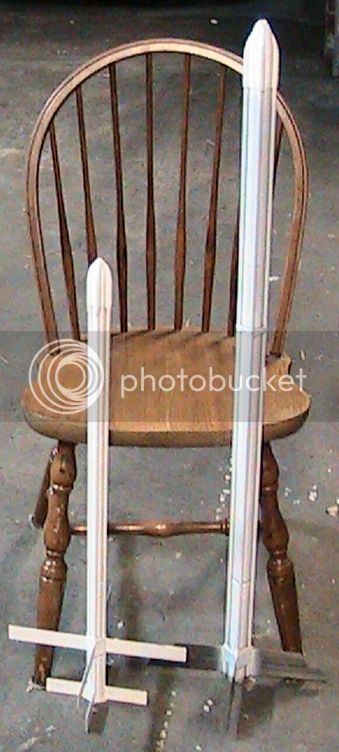Astro-Baby
Well-Known Member
- Joined
- Dec 26, 2011
- Messages
- 1,045
- Reaction score
- 21
Dont know about a chimp playing an accordion - I dont much like accordion music anyway but I reckon a dog that spoke Norwegian might of some use 


Guaranteed failure. Smart people don't do this stuff. Quit wasting your (and our) time.
my PhD in Engineering, and my lifetime of work in engineering research says that I am "smart people"..
H yes. G no. I can launch G locally provided I don't enter controlled airspace or interfere with people or aircraft. For G, I use a public site that has a limit of 2500' AGL and is used as an unofficial (not club) model aircraft flying area and golf driving range.
Yes but you can not use more than 2 G engines total or have more that 125 grams of propellant in the rocket,Weighs more than 1,500 grams including motor and Uses a motor with more than 160 Newton-seconds of total impulse (an"H" motor or larger) or multiple motors that all together exceed 320 Newton-seconds or it is considered high power.
My experience with much simpler two stagers has been very bad - all of them have had issues and none could really be said to have flown straight up or even close.
Just in case you need to check your math on how many stages/engines you'll need to get to 100km. https://what-if.xkcd.com/24/
> I need to sort through hypotheses as to why it crashed. Possibilities are:
1. Motor failure
1a. A percentage of black powder motors are guaranteed to fail, or
1b. Black powder motors only fail if subjected to poor handling - accelerations or moisture absorption.
2. Failure of multistaging method of using a single turn of sticky tape
2a. Intrinsic problems with sticky tape - lateral thrust on breakage, energy loss due to overpressure, risk of motor failure due to overpressure
2b. Sticky tape construction errors - lateral thrust due to doubling up tape near join
3. Problems due to multistaging
3a. side thrust because of misalignment of stages relative to one another
3b. energy loss because lowest stage ejected before combustion is complete
3c. time delay on startup of upper stage from glowing embers
3d. energy loss due to downward acceleration of ejected stage
4. Problems due to rack rocket concept
4a. Drag on vertical rods, lower cage and fins due to exhaust gases
4b. Changes in aerodynamics caused by burning of vertical rods, lower cage or fins
4c. Friction between ejected stage and vertical rods
5. Problems with build quality
Any comments? Suggestions?
Have you read
https://arapress.com/vts.php
I think it has the answers.
Basically for the rocket to be stable the CG has to be in front of the CP. But gravity works on CG, so the instant the rocket is not perfectly vertical, gravity pulls the CG and leans the rocket over. The fins stabilize it in the new non-vertical, then gravity pulls it again. etc.. etc..
The result is with a long enough burn time it will come in ballistic under power EVERY time.
They also have a book on staging.
https://arapress.com/shpr.php
Enter your email address to join: